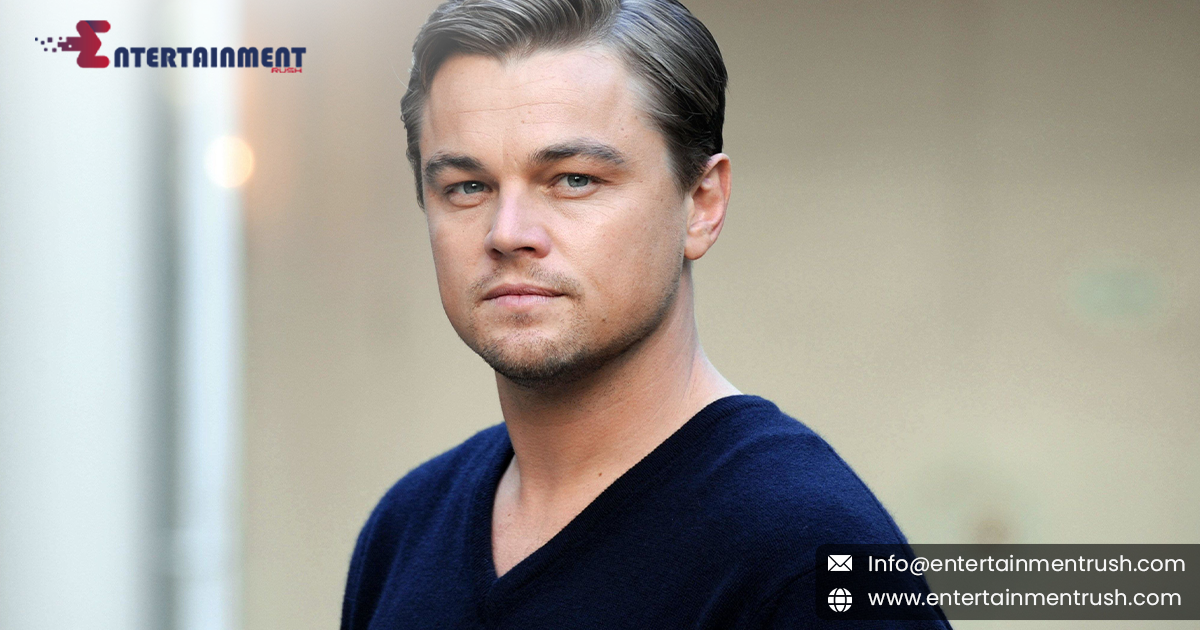In the annals of cinematic history, certain names resonate more profoundly than others, embodying not just the pinnacle of artistic achievement but also the cultural zeitgeist of their times. These legends of the silver screen, American actors who shaped an era, have left indelible marks on the film industry and society. Their contributions transcend mere entertainment; they have influenced fashion, social attitudes, and even political landscapes. Through their talent and charisma, they have become icons whose legacies continue to inspire generations of actors and audiences alike.
The Golden Age Pioneers: Defining Classic Hollywood
The Golden Age of Hollywood, spanning from the 1920s to the 1960s, was a period of unparalleled creativity and glamour. During this time, actors like Humphrey Bogart, Katharine Hepburn, and James Stewart became household names. Bogart, with his rugged charm and distinct voice, defined the archetype of the tough, morally complex leading man. His performances in films like “Casablanca” and “The Maltese Falcon” are timeless, capturing the essence of noir and romance. Hepburn, known for her fierce independence and intelligence, broke the mold for female roles, portraying strong, multidimensional characters in classics such as “The Philadelphia Story” and “Guess Who’s Coming to Dinner.” Stewart’s everyman appeal and sincerity made him a beloved figure in American cinema, with memorable roles in “It’s a Wonderful Life” and “Rear Window.”
These actors not only entertained but also influenced societal norms and values. Hepburn’s defiance of traditional gender roles and Stewart’s embodiment of American ideals resonated deeply with audiences, reflecting and shaping the cultural landscape of their time. Their work during Hollywood’s Golden Age set the standard for what cinematic excellence could achieve, laying the foundation for future generations of actors.
Method Acting Revolution: Transforming Performances
The mid-20th century witnessed a dramatic shift in acting styles, largely due to the influence of Method acting. Pioneered by Lee Strasberg and popularized by Marlon Brando and James Dean, this technique emphasized deep emotional connection and authenticity. Brando’s raw, visceral performances in films like “A Streetcar Named Desire” and “On the Waterfront” revolutionized the craft of acting, bringing a new level of intensity and realism to the screen. Dean, with his brooding charisma and vulnerability, became a cultural icon, particularly for his role in “Rebel Without a Cause,” which captured the restless spirit of the post-war generation.
These actors not only transformed how performances were delivered but also how they were perceived. Their ability to convey deep, often tumultuous emotions resonated with audiences, making their characters more relatable and human. This shift towards more realistic and nuanced portrayals influenced countless actors and filmmakers, marking a significant evolution in cinematic storytelling.
Breaking Barriers: Pioneers of Diversity and Representation
The latter half of the 20th century saw significant strides in diversity and representation in Hollywood, thanks in part to trailblazing actors who broke barriers and challenged stereotypes. Sidney Poitier, the first Black actor to win an Academy Award for Best Actor, paved the way for future generations with his dignified and powerful performances in films like “Lilies of the Field” and “In the Heat of the Night.” His success challenged the racial prejudices of the time and opened doors for more diverse stories and characters in mainstream cinema.
Similarly, actors like Rita Moreno and Bruce Lee broke new ground for Latino and Asian representation, respectively. Moreno’s dynamic performances in “West Side Story” and Lee’s martial arts prowess in films like “Enter the Dragon” showcased the rich cultural diversity of America, broadening the scope of Hollywood storytelling. Their legacies continue to inspire and empower actors from underrepresented communities, highlighting the importance of diversity in enriching the cinematic landscape.
The Modern Icons: Shaping Contemporary Cinema
In recent decades, actors like Meryl Streep, Robert De Niro, and Denzel Washington have continued to push the boundaries of the craft, each bringing their unique talents to a wide range of roles. Streep’s chameleonic ability to inhabit diverse characters, from “The Devil Wears Prada” to “Sophie’s Choice,” has earned her many Academy Award nominations, solidifying her status as one of the greatest actors ever. De Niro’s intense dedication to his roles, exemplified in films like “Raging Bull” and “Taxi Driver,” has made him a benchmark for method acting in modern cinema. Washington’s commanding presence and versatility in films such as “Malcolm X” and “Training Day” have established him as a powerful force in Hollywood, known for his depth and integrity. These modern icons continue to shape the industry, not only through their performances but also through their influence on emerging talent and their contributions to the craft. Their careers reflect the ongoing evolution of cinema and the enduring power of exceptional acting to move and inspire audiences.
The Legacy of Legends: Enduring Influence
The impact of these legends of the silver screen extends far beyond their filmographies. They have influenced fashion, with iconic looks and styles that inspire designers and fans alike. Their social and political activism has brought attention to important issues, using their platforms to advocate for change and inspire action. Moreover, their stories of perseverance, talent, and innovation serve as a guiding light for aspiring actors, demonstrating that greatness is achieved through dedication and passion. the legends of the silver screen are more than just actors; they are cultural titans who have shaped the very fabric of American cinema and society. Their contributions have left an indelible mark on the industry, setting standards of excellence and pushing the boundaries of what is possible in film. As we celebrate their legacies, we are reminded of the transformative power of cinema and the enduring impact of those who dare to dream big and act boldly. Their stories continue to inspire, reminding us that the magic of the movies is not just in the stories told on screen, but in the lives of those who bring them to life.
